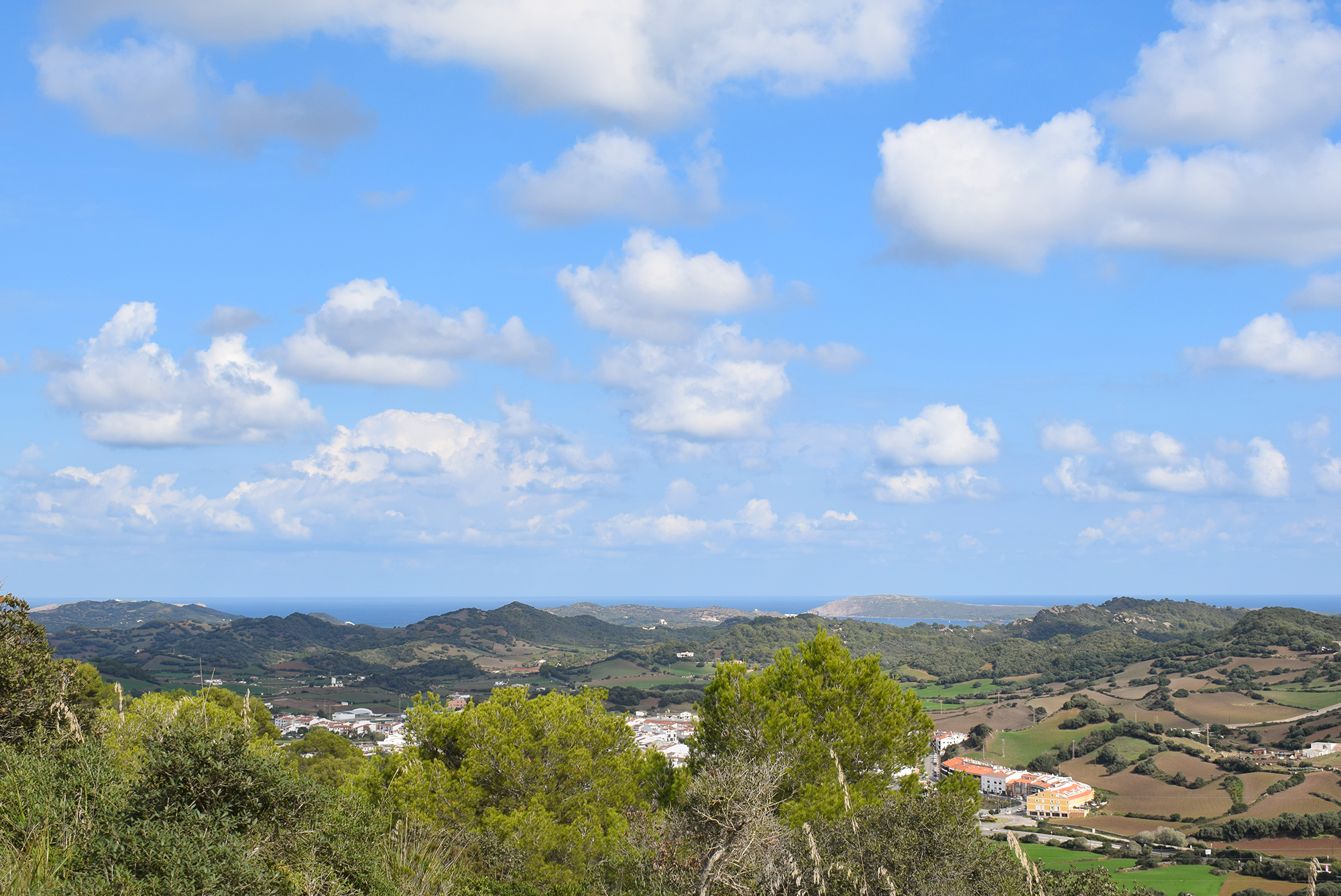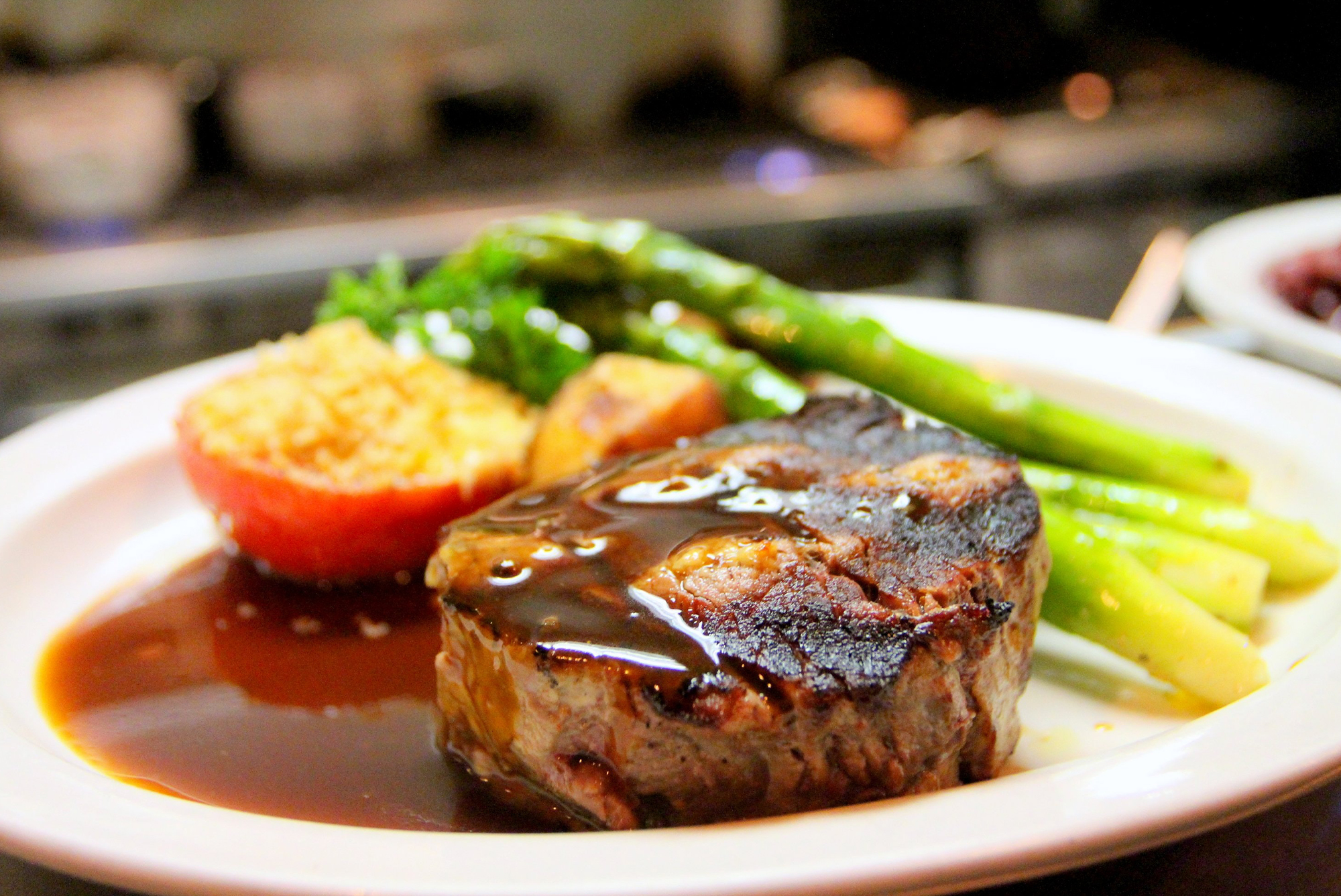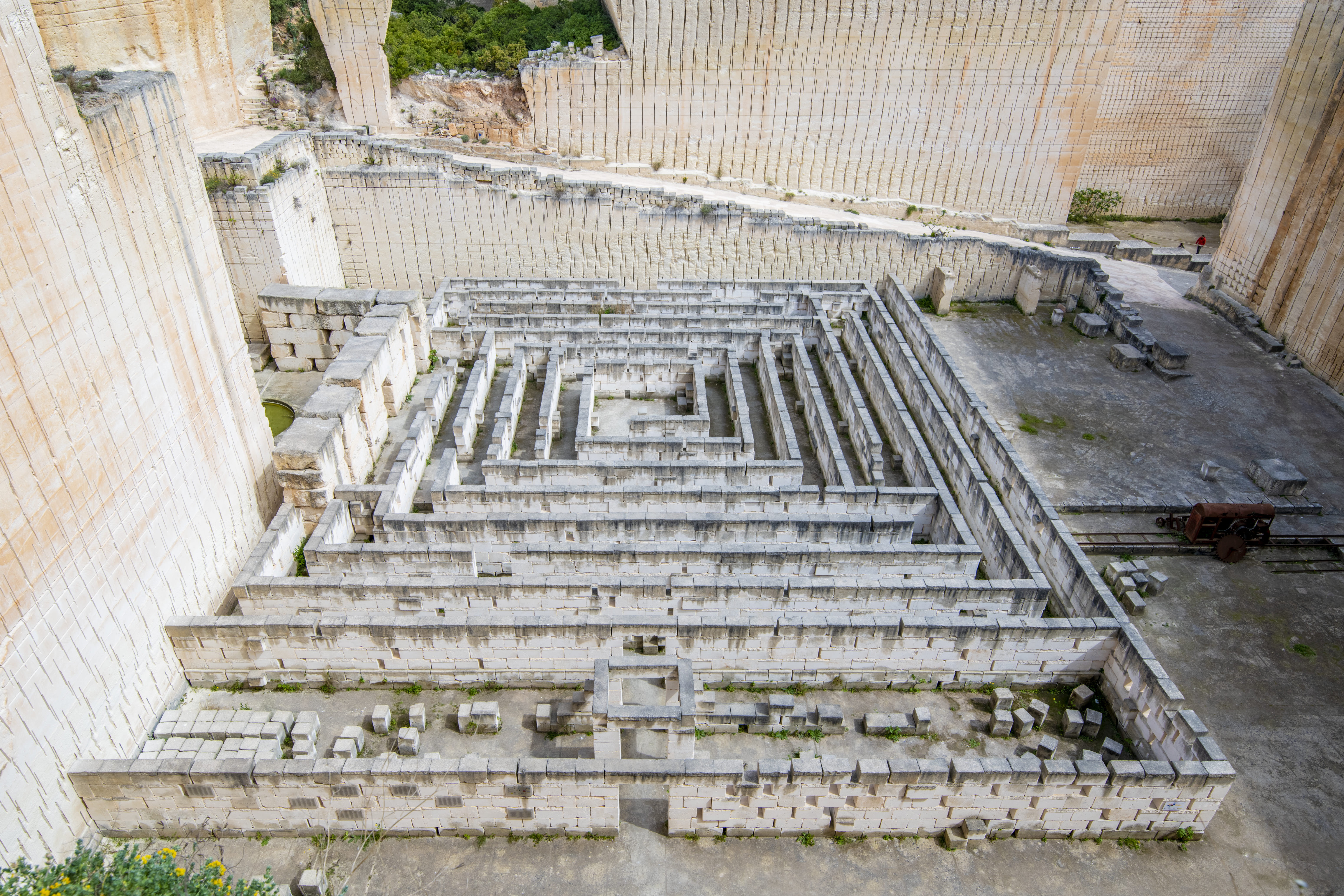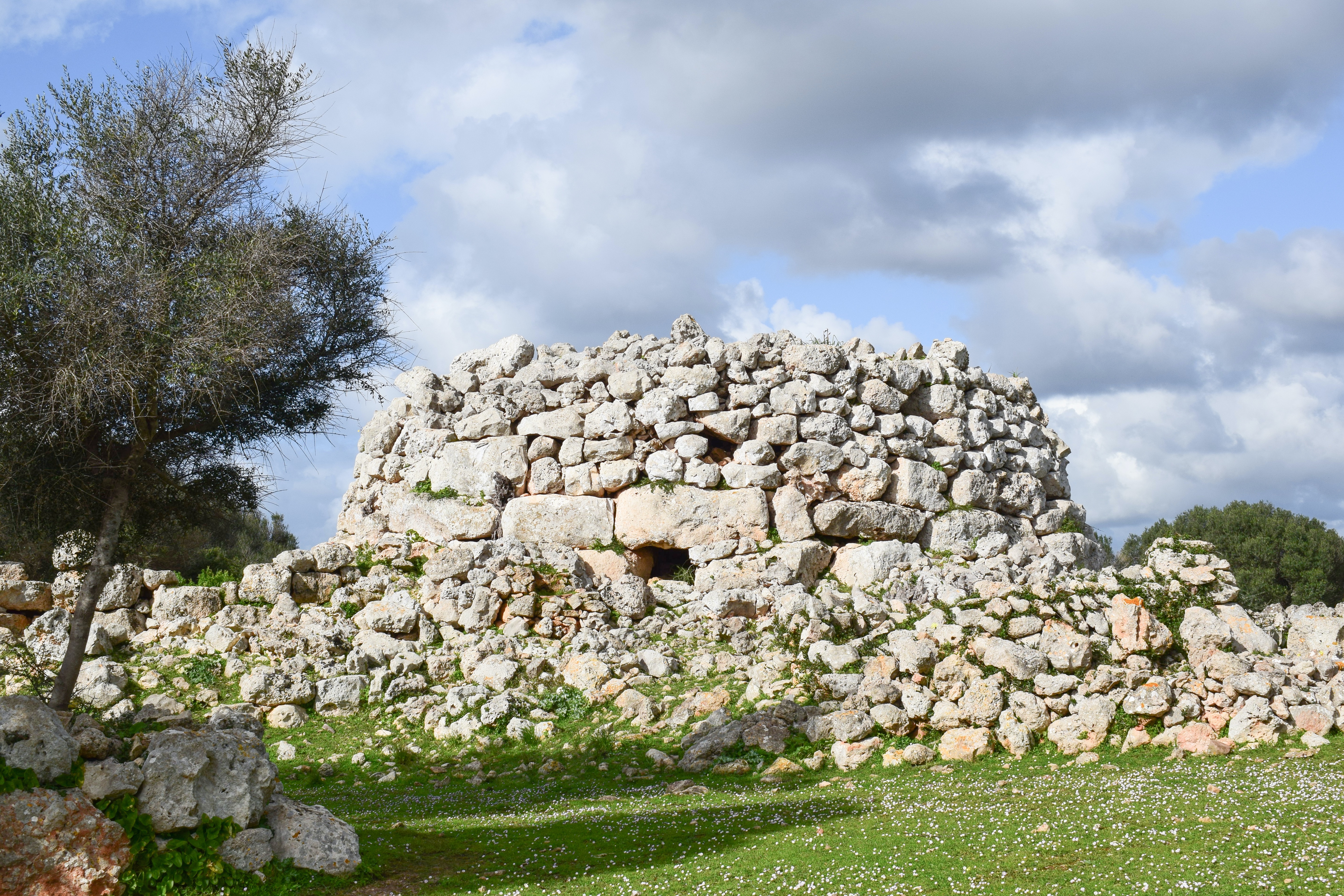After the success of the blog about mushrooms in Menorca, we thought we’d write about a few more species that can be found on our island.
These won’t be the best known but are still edible and some of them have a high culinary value.
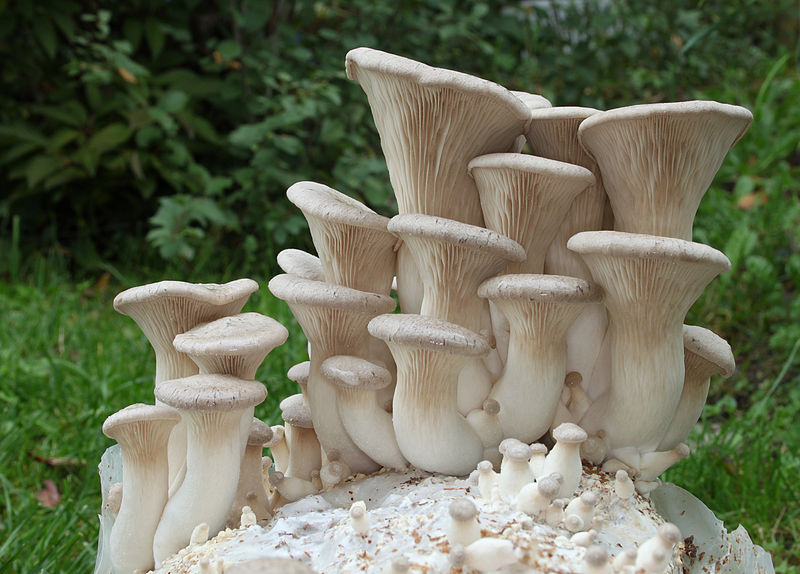 GIRGOLA DE CAMP (Pleurotus eryngii) King Oyster Mushroom
GIRGOLA DE CAMP (Pleurotus eryngii) King Oyster Mushroom
In Castilian they are called “seta de cardo” (thistle mushroom) and are favourites in the kitchen as well as having medicinal properties. They have a brown convex cap which, when old, becomes flat and concave. The gills and stalk are white. The flesh is white and has a strong smell and taste. It can be found in open countryside, in fields near thistles.
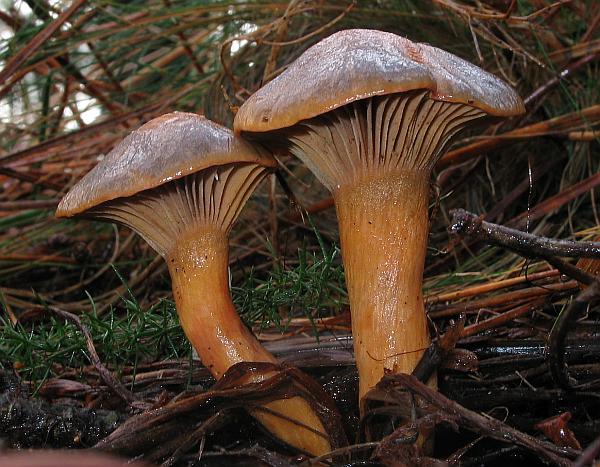 CAMA DE PERDIU (Chroogomphus rutilus) Pine Spike Cap
CAMA DE PERDIU (Chroogomphus rutilus) Pine Spike Cap
In Castilian it is called “gonfidio reluciente”. It has a brown to brick red bell shaped cap which flattens with age and is very slimy when wet. The gills are straw-coloured. It is found in pine forests. Not greatly appreciated in the kitchen, perhaps because it turns mauve when cooked which makes it unpleasant looking. Some cooks dry them because they like their chewing gum texture and they are ideal for people who don’t like a strong flavour.
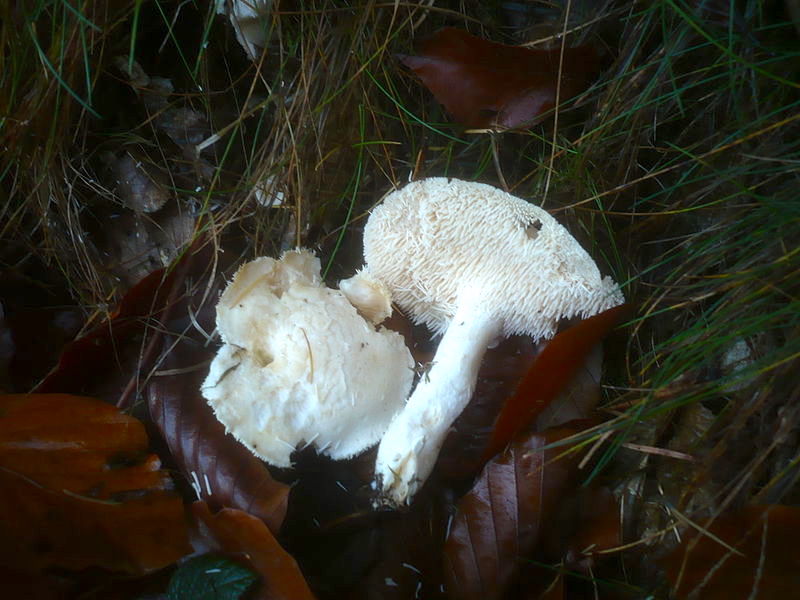 PICORNELL BLAND (Hydnum albidum) White Hedgehog
PICORNELL BLAND (Hydnum albidum) White Hedgehog
This is a completely white mushroom, but if the soil is very dry, it could have some yellowish spots. It has an irregular shaped cap. In Catalonia it is called “lengua de buey blanco” (white ox tongue) because the underside has a mass of small vertical spines similar to this animal’s tongue. It can be found in mixed forests. Within this group of fungi, this is the most appreciated.
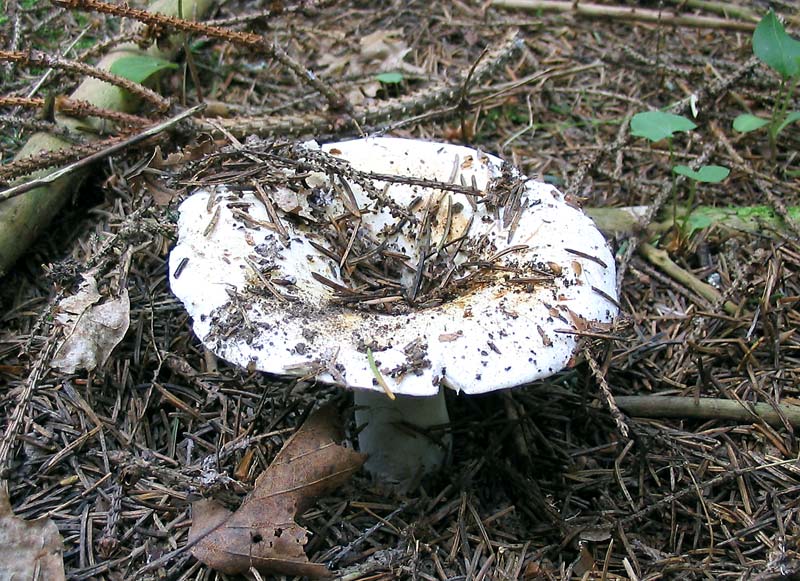 BOLET BLANC (Russula delica)
BOLET BLANC (Russula delica)
In Castilian it is called “rúsula blanca” (white Russula). It is a large white mushroom whose cap becomes funnel-shaped with brown spots with age. The stalk is short and round. The flesh is thick and spicy and it is better to eat specimens that are young and tender.
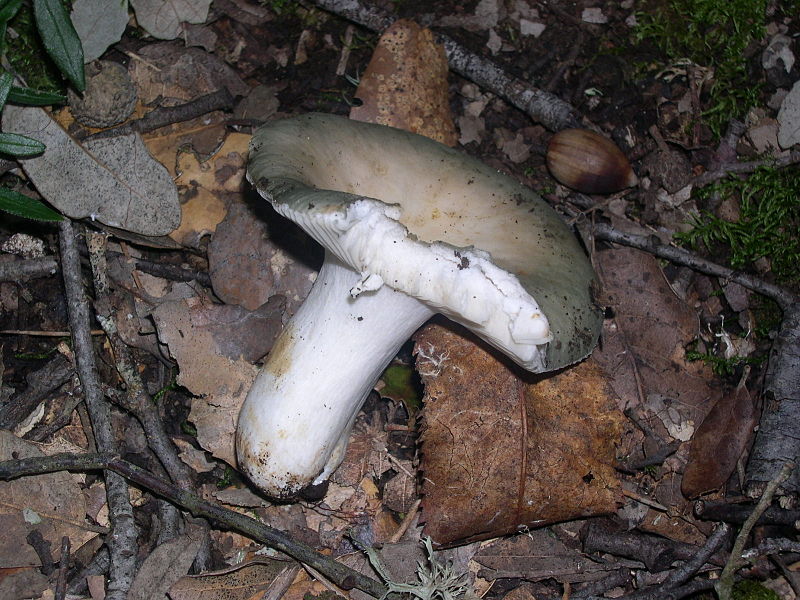 BLAVA (Russula grisea)
BLAVA (Russula grisea)
This is from the same species as the “bolet blanc” and they are very similar. They can be distinguished by their colour, which is greenish, greyish and blue. The stalk and gills are white. It is more appreciated in the kitchen and is sometimes known as “the mushroom of the pigs”. It is found under holm oaks and in mixed forests.



